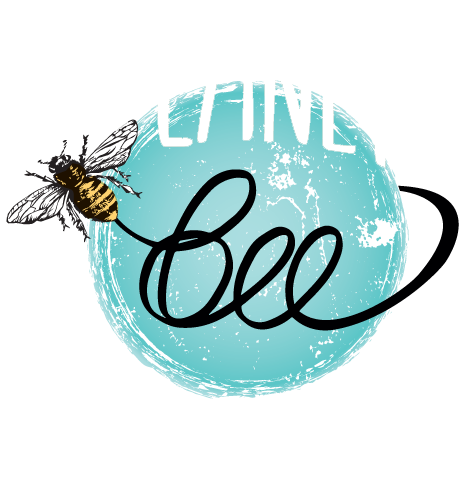The Bee in Popular Culture: #SaveTheBees
- Planet Bee Foundation
- Feb 10, 2022
- 2 min read

The #SaveTheBees movement became popular in the 2010s, jump starting an era of bee conservation and awareness. According to their website, the total US managed honey bee population has decreased by 54% since 1947, mostly due to human intervention. The main reasons for the population drop are the presence of bee-killing pesticides, electromagnetic radiation, and habitat loss. This movement has spurred efforts to counteract the full extent of human damage on bee populations, garnering supporters worldwide.

#SaveTheBees started out small, as beekeepers and scientists came together to raise awareness about declining bee populations and bee health. Since then, organizations like Environment America, Greenpeace USA, Heifer International, and Planet Bee Foundation (maybe you’re familiar) have joined the efforts in spreading the word. All of these non-profits and orgs have been able to broadcast one alarming message: bees are dying at a rapid, unsustainable rate. This verdict caused a ripple effect, as people began to discover that this planet would not survive without these friendly pollinators considering just how much influence they have over food supply.

This hashtag turned movement taught individuals to combat the bee crisis on their own, encouraging people to plant bee-friendly gardens, focusing on swarm removal rather than killing hives, supporting wildlife refuges, and calling for a ban on harmful chemicals. Below are some ways you can get involved with the #SaveTheBees movement on your own in the comfort of your home!
The easiest way to participate in this movement is to plant some flowers or other sorts of pollinator-friendly vegetation. Bees are especially attracted to honeysuckle, sunflowers, dahlias, lavenders, bluebells, and strawberries. Planting these outside or in potted areas would enable bees to flock and pollinate, helping support their population. You could also feast on the strawberries after the fact. Win-win situation!

It is also important to ban the use of harmful chemicals such as neonicotinoids. This group of pesticides is extremely harmful to bees and prevents them from pollinating crops. While the Environmental Protection Agency proposed an interim decision to temporarily ban neonicotinoids, we must keep applying pressure by signing petitions and voicing our anger in order to make this decision a permanent reality. Below are some petitions you can sign. Use your voice and get angry!

Lastly, if you ever come across a beehive, do not smack it down or call for an exterminator. Swarm removal is much more effective and allows for the bees to be relocated to a safer space. You are also less likely to get stung!
This pop culture movement started out as a cry for help, but has flourished since. It has shown that even the smallest effort can make a difference, which is what we try to advocate for at thePlanet Bee Foundation. We encourage you to try out some of the methods outlined in this blog, and as always, bee well!


